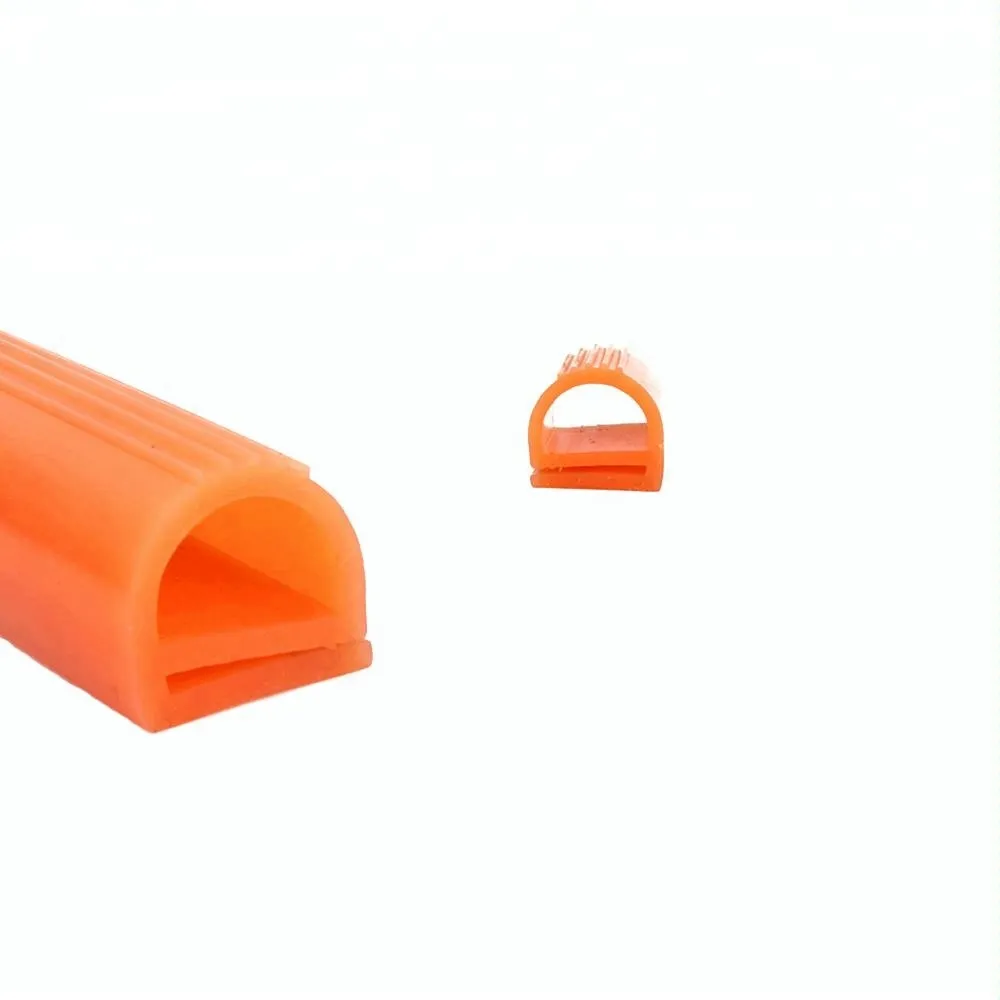bottom door noise blocker
Understanding Bottom Door Noise Blockers A Comprehensive Guide
In our increasingly noisy world, finding solace in our own homes can be a daunting task. One often overlooked source of noise pollution is the sounds that seep in through the doors. Bottom door noise blockers are becoming an essential solution for homeowners and renters alike, as they effectively minimize unwanted sounds, enhancing comfort and privacy.
What Are Bottom Door Noise Blockers?
Bottom door noise blockers, often referred to as door sweeps or door soundproofing strips, are devices designed to seal the gap between the bottom of a door and the floor. This gap is a primary channel through which sound can travel, making it a significant area for sound leakage. By utilizing these blockers, homeowners can significantly reduce the ambient noise entering from outside or other rooms, fostering a more peaceful environment.
How Do They Work?
The primary function of a bottom door noise blocker is to create a tight seal that prevents sound waves from penetrating through the gap. These blockers are typically made from various materials, including rubber, foam, or weatherstripping, which have sound-dampening properties. When installed correctly, they compress against the floor when the door is closed, filling the gap and blocking sound transmission.
Additionally, many bottom door noise blockers offer insulation benefits. They can reduce drafts, which contributes to energy savings and helps maintain a consistent indoor temperature. This dual functionality—soundproofing and thermal insulation—makes them a practical investment for many homeowners.
Types of Bottom Door Noise Blockers
There are several types of bottom door noise blockers available in the market, each catering to different needs and preferences
1. Door Sweeps These are long strips that attach to the bottom of the door. They can be made from materials like vinyl or aluminum, and they often include a rubber or brush-like component to ensure a snug fit against the floor.
2. Thresholds A threshold is a raised lip or barrier placed at the base of a door. It can help block sound while also keeping out drafts and moisture.
3. Soundproofing Mats Heavy mats that can be placed at the base of the door or along the doorframe can absorb sound waves and prevent them from traveling into the room.
4. Magnetic Door Bottoms These utilize magnets to create a tight seal when the door is closed, offering effective soundproofing.
Installation Process
bottom door noise blocker

Installing a bottom door noise blocker is typically a straightforward task that can be completed with minimal tools
. Here's a basic guide to installation1. Measure the Door First, you need to measure the width of your door to determine the length of the noise blocker required.
2. Choose the Right Material Select a bottom door noise blocker that suits your needs in terms of soundproofing capability and aesthetics.
3. Prepare for Installation Clean the bottom edge of the door to ensure proper adhesion.
4. Cut to Size If necessary, cut the blocker to the appropriate length.
5. Attach the Blocker Use adhesive backing or screws, depending on the type of blocker you've chosen, to secure it to the door.
6. Test the Fit Close the door to ensure the blocker is snug against the floor without hindering movement.
Benefits of Using Bottom Door Noise Blockers
1. Improved Comfort By blocking out unwanted noise, residents can enjoy a more tranquil living space, making it easier to relax or concentrate.
2. Enhanced Privacy Sound privacy is crucial in shared living environments. Door noise blockers help ensure that conversations and activities remain discreet.
3. Energy Efficiency Many soundproofing materials also provide insulation, contributing to lower heating and cooling costs.
4. Diverse Applications Bottom door noise blockers can be used in homes, offices, recording studios, or any space where noise control is desired.
Conclusion
Bottom door noise blockers are an innovative and effective solution for minimizing unwanted sounds in your living or working environment. With various options available and easy installation processes, they offer numerous benefits beyond simple noise reduction. Whether you're a homeowner seeking peace or a professional looking to create a conducive workspace, investing in a high-quality bottom door noise blocker could be your key to a quieter, more comfortable setting.
-
Under Door Draught Stopper: Essential ProtectionNewsJul.31,2025
-
Garage Door Seal and Weatherstrips for ProtectionNewsJul.31,2025
-
Edge Banding Tape for Perfect EdgesNewsJul.31,2025
-
Table Corner Guards and Wall Corner ProtectorsNewsJul.31,2025
-
Stair Nose Edging Trim and Tile Stair SolutionsNewsJul.31,2025
-
Truck Bed Rubber Mats for Pickup BedsNewsJul.31,2025
-
Window Weather Stripping for Noise ReductionNewsJul.29,2025